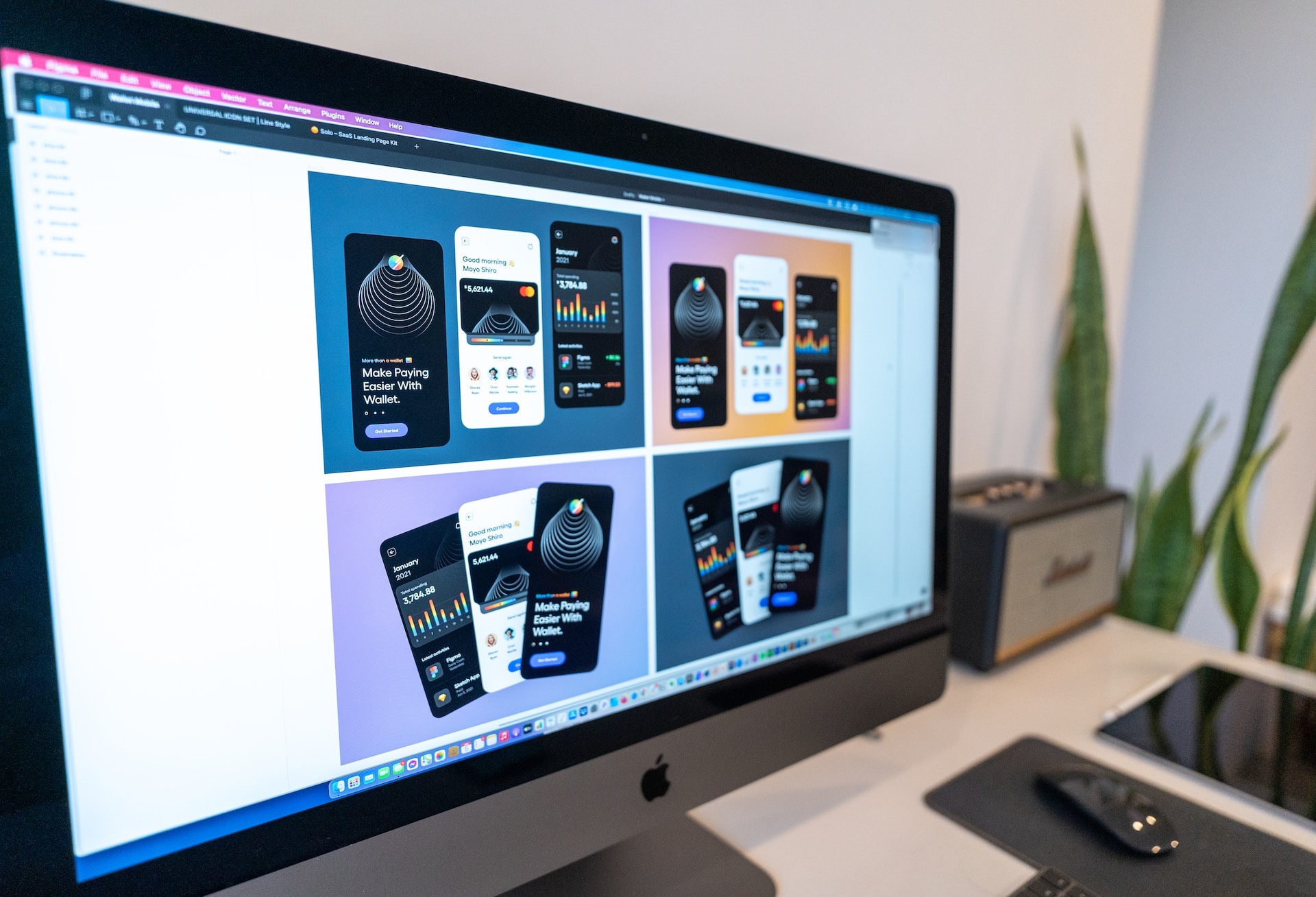In today’s fast-paced digital world, user experience (UX) and user interface (UI) design have become essential components in creating engaging and effective products. As an Art Director at ArtVersion, I’ve had the opportunity to witness firsthand the impact of art direction in UI/UX design. With a well-considered art direction strategy, businesses can elevate their products, ensuring they stand out in an increasingly competitive market.
In this post, I’ll explore the role of art direction in UI/UX design and how it can create captivating and immersive products that resonate with users. By understanding these principles, you’ll be better equipped to develop user-centric experiences that drive engagement and conversion.
The Importance of Art Direction in UI/UX Design
Art direction is the process of guiding the visual language, style, and aesthetics of a project to convey a specific message or evoke a desired emotional response. In UX design, art direction plays a crucial role in shaping the overall look and feel of a product, as well as the way users interact with it. This ensures that the design is not only visually appealing but also functional, intuitive, and accessible.
The Role of Visual Hierarchy in UI/UX Design
Visual hierarchy is a design principle that helps guide users through a digital product by organizing content and interface elements according to their importance. Art direction helps establish this hierarchy by using elements such as color, typography, imagery, and layout to create a sense of order and prioritization. This not only makes the product more visually appealing but also improves usability, as users can quickly find the information or features they need.

Consistency and Cohesion in Visual Design
Art direction ensures that a product’s visual design remains consistent and cohesive across different screens, pages, and sections. Consistency in design enhances the user’s experience, as it creates a sense of familiarity and reduces cognitive load. This is particularly important in UI/UX design, as users need to feel comfortable navigating a product without being overwhelmed by inconsistent visual elements.
Evoking Emotion through Visual Storytelling
One of the key goals of art direction in UI/UX design is to evoke emotion through visual storytelling. This can be achieved by carefully selecting and curating visual elements such as colors, fonts, images, and illustrations that work together to convey a specific mood or atmosphere. By tapping into the user’s emotions, you can create a deeper connection between the user and the product, ultimately leading to higher levels of engagement and loyalty.
Balancing Aesthetics with Functionality
While art direction focuses on creating visually appealing designs, it’s essential to strike a balance between aesthetics and functionality. A well-designed interface should be visually stunning while also being easy to use and understand. Art direction helps achieve this balance by ensuring that visual elements not only look good but also serve a functional purpose.
Creating a Unique and Memorable Brand Identity
Art direction plays a vital role in establishing a unique and memorable brand identity for a product. By creating a distinctive visual language that is consistent across all touchpoints, users will be able to quickly recognize and connect with the brand. This not only increases brand recognition and recall but also fosters trust and loyalty among users.
Staying Current with Design Trends
Art directors in UI/UX design must stay current with design trends to create products that feel fresh and modern. By incorporating the latest design trends and techniques, art direction ensures that a product remains relevant and visually appealing to users. However, it’s important to strike a balance between embracing trends and maintaining a timeless design that will endure the test of time.
Art direction in UI/UX design is critical in creating engaging and effective products.









